I look at the locked gate on the cathedral and smirk. “Why is it closed? I mean, this is Semana Santa, Holy Week. Churches should be open, right?”

My Peruvian friend, with better English than my Spanish, scratches his chin and explains. “Catholic church is strange religion. God is dead today. He die Good Friday. But don’t worry,” he smiled, “God alive tomorrow.”
OK. I get it, sort of, as things always get lost in translation, but as long as those things don’t include patience or humor, it doesn’t matter. Easter’s Holy Week, or Semana Santa, is taken seriously in Peru. No marshmallow peeps, or Cadbury eggs, or chocolate bunnies, just lots of Peruvian tradition. For starters, you only eat fish and fruit on Good Friday (unless you’re entertaining your American sisters on their last day in the city and you eat hamburgers). But that’s a different story.
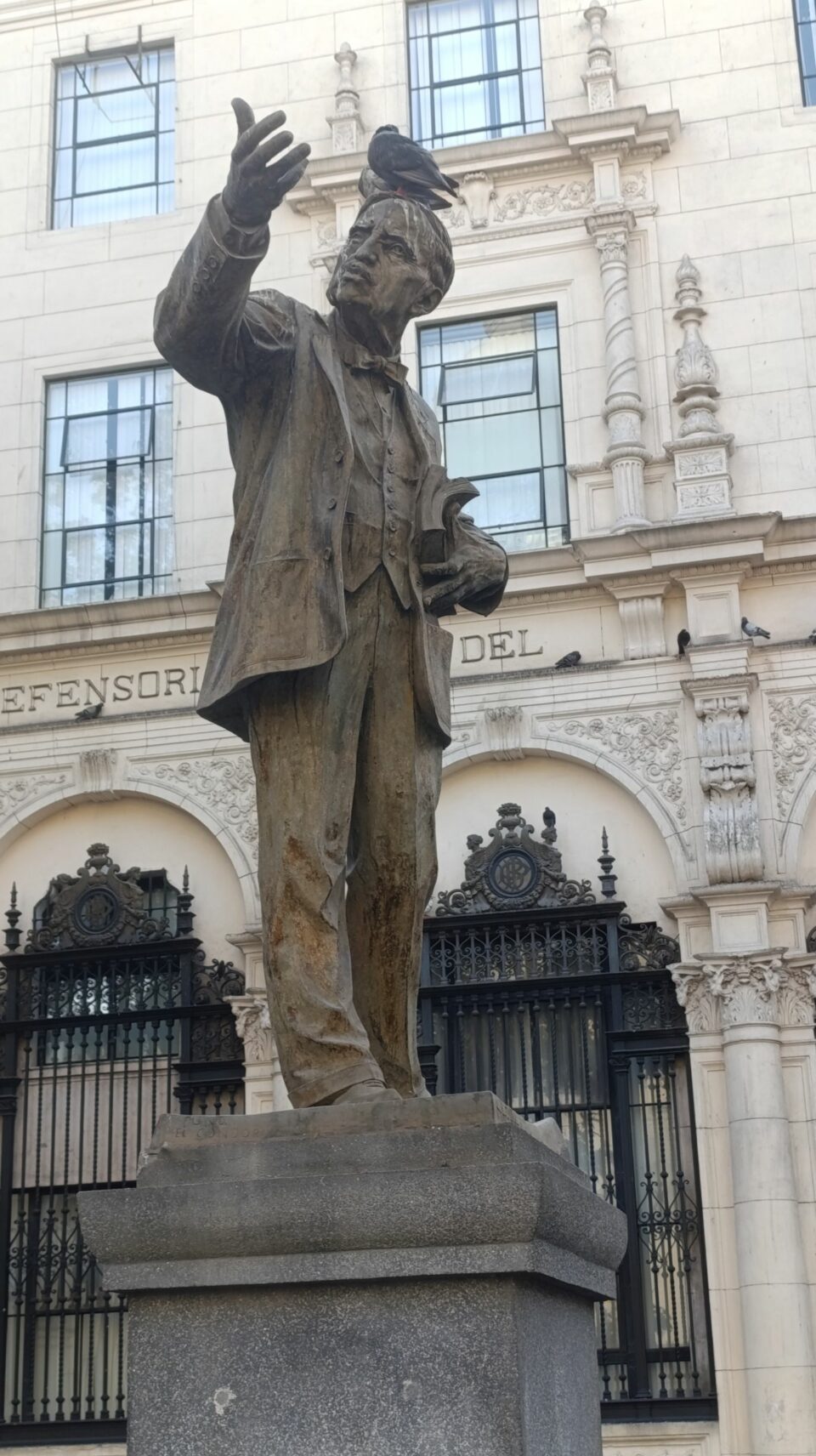
It just wasn’t one cathedral in Lima with locked gates and closed bolted doors on Holy Saturday, but fourteen of the fifteen that my hiking group visited around the historical city center.
The shut doors got me thinking. What if I came to Lima for Holy Week with a fanny pack full of prayer requests? I thought about my mundane midlife sins. Not placing plastic bottles in the recycling bin. Stealing Splenda from Starbucks. Working on Wordle during church. Sticking Q-tips deep into my ear. The list goes on.
Even if I did have a major sin I wanted to unload, I had no pew to hit my knees. Even the Basilica and Convent of San Francisco, better known as the catacombs, was dead. Well, it’s always dead, all thirty thousand bodies buried the old-fashioned way under this monastery, and yes, you can visit, and no, you can’t take pictures. The bodies were covered with lime to expedite the “return to dust” process. This practice has been discontinued as the smell of the decaying bodies would escape into the sanctuary on the main floor, disturbing parishioners. But that was before the age of Glade Plug-Ins. Monks are still buried there, including one a few weeks ago, but now in coffins.
Other closed cathedrals were off the beaten path, including the Muerte de Beuna. Church of the Good Dead. I wish they sold T-shirts. Others were older than old or incredibly ornate.
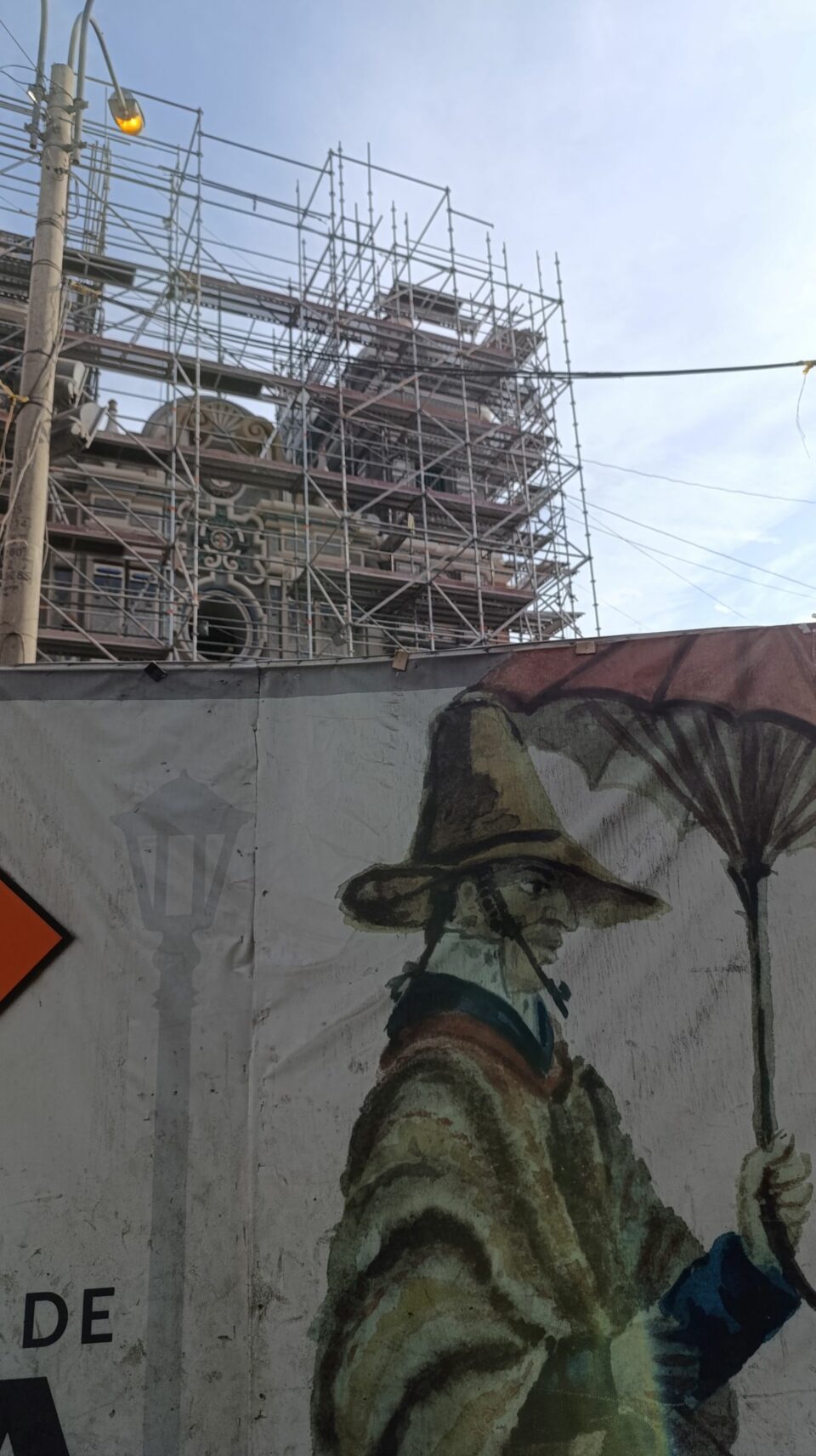
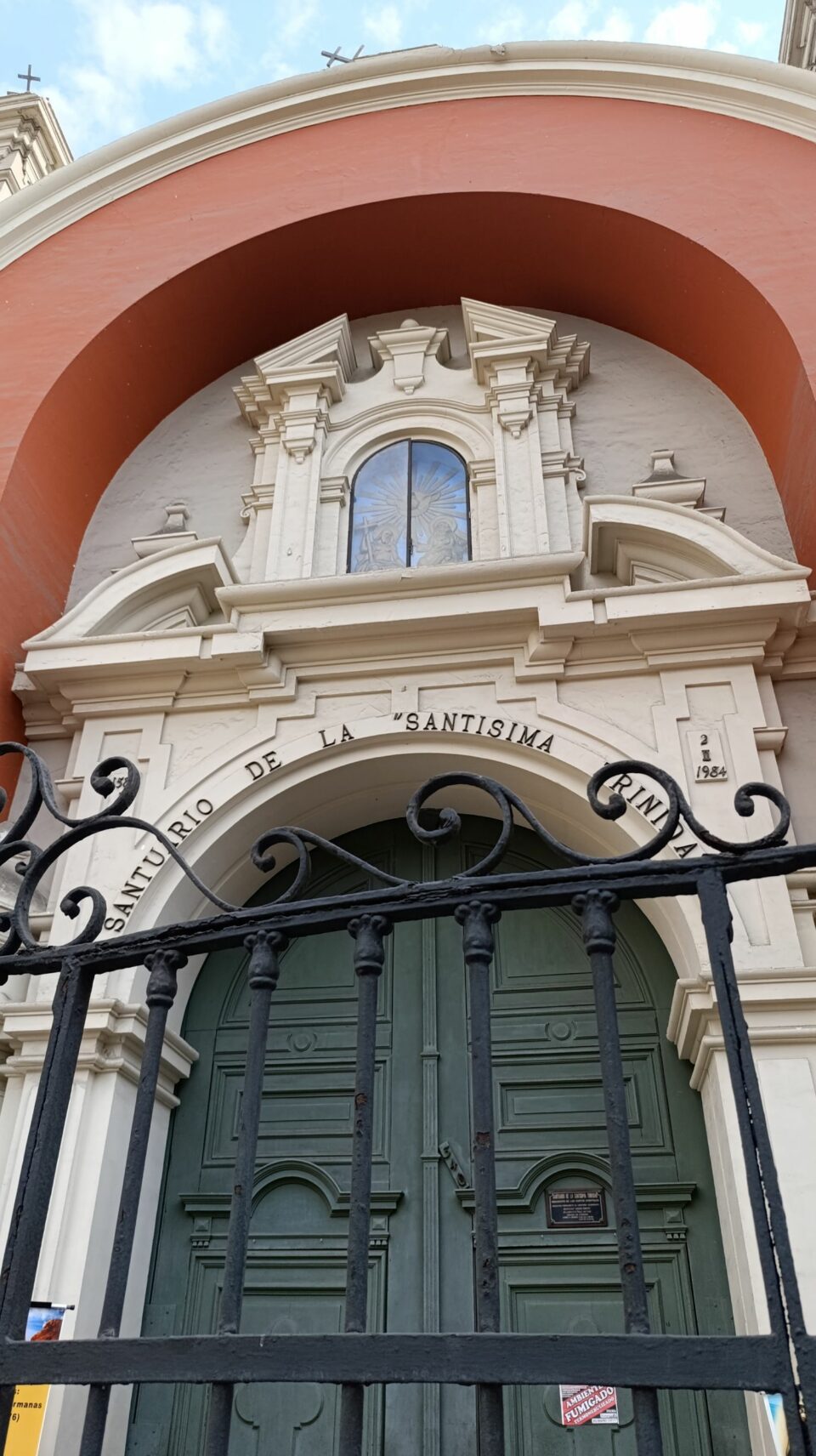

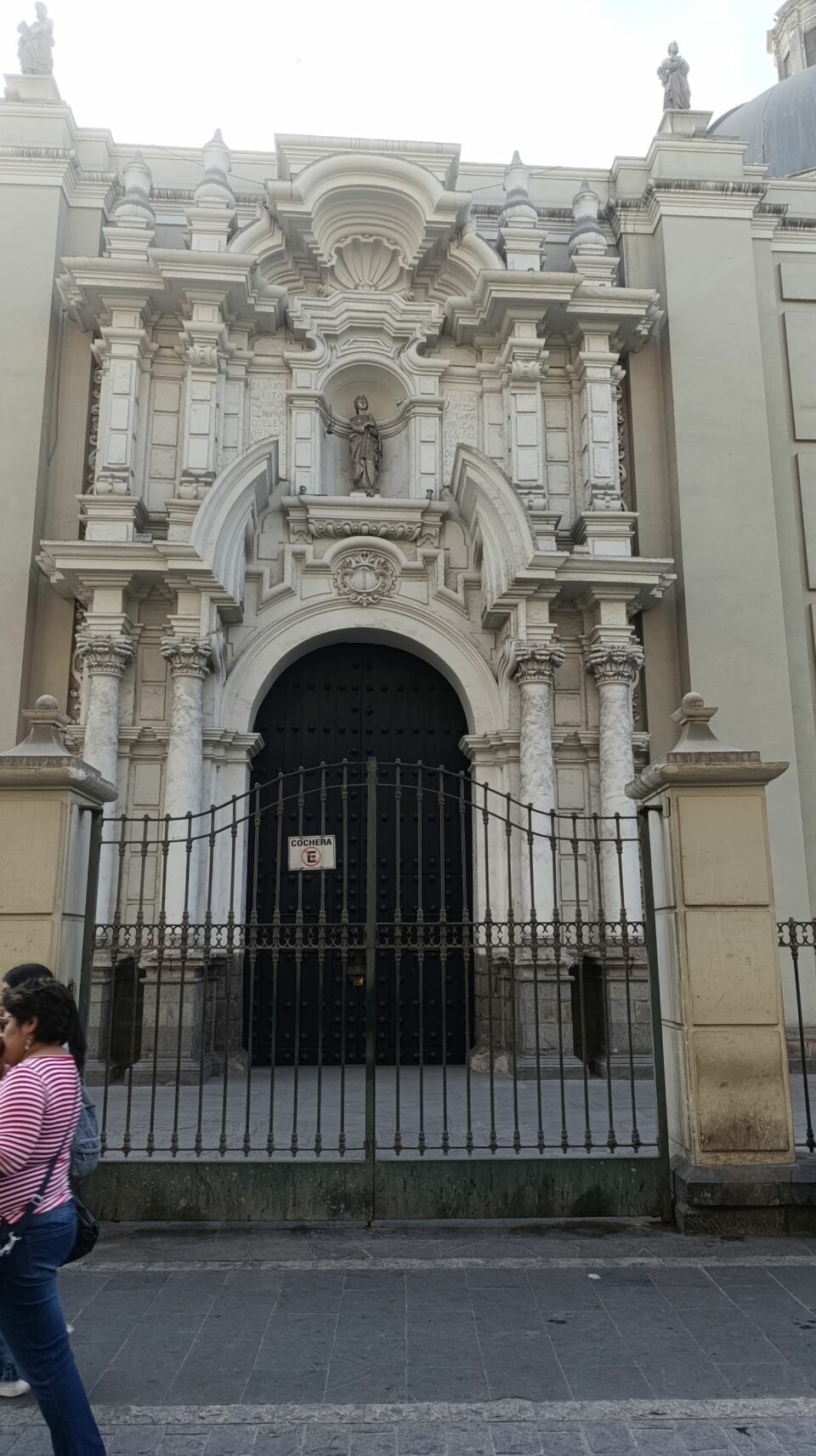
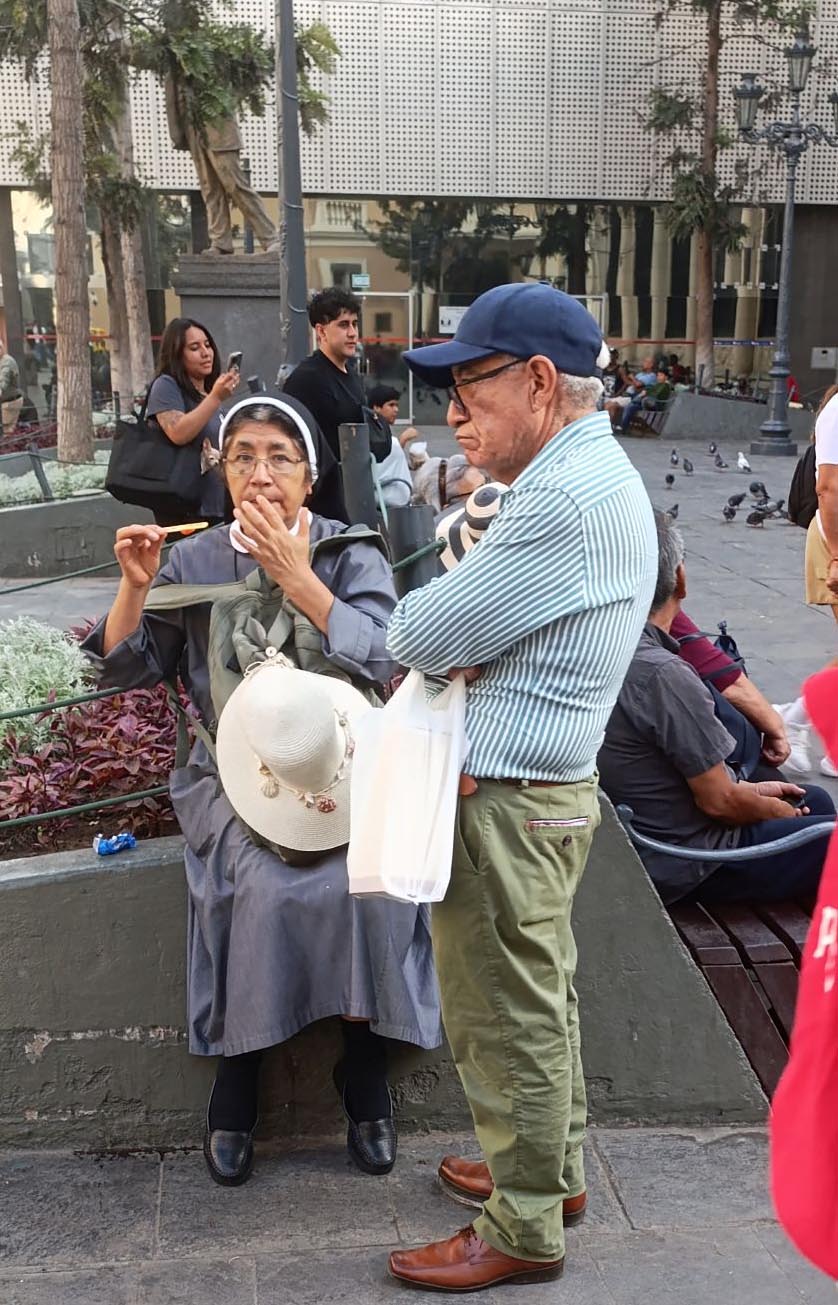
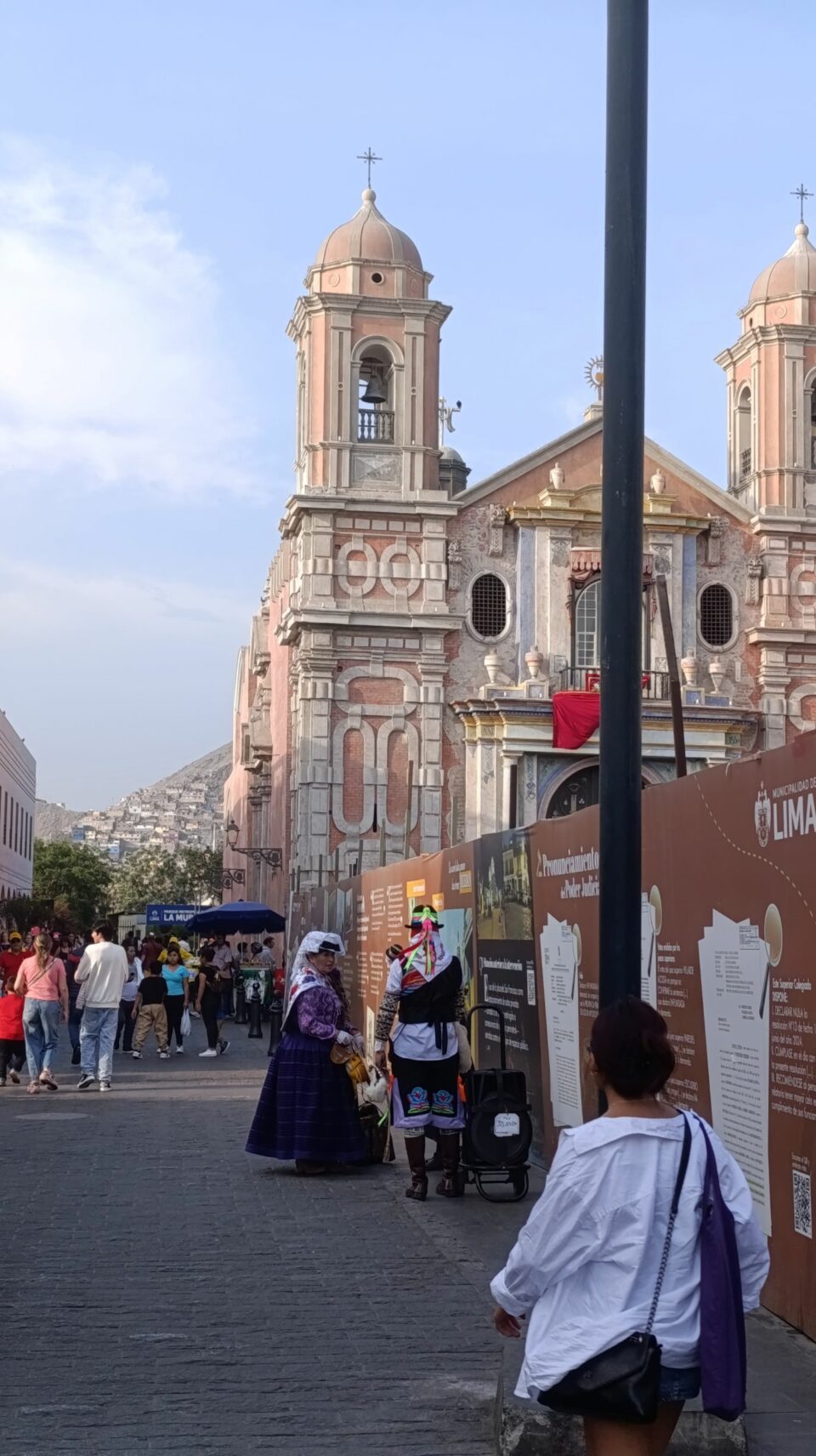
As we continued to walk on the fringes of Lima’s historical center, we saw things that don’t make Trip Advisor. Bags of squishy garbage–thin colorful plastic bags oozing like undercook eggs–the contents spilling on sidewalks. There were street musicians, food vendors, pick-pocketers and a man well over seven feet tall, dressed in warrior clothing, being paraded around for photos. I wanted to look, but at the same time, felt a tinge of guilt.
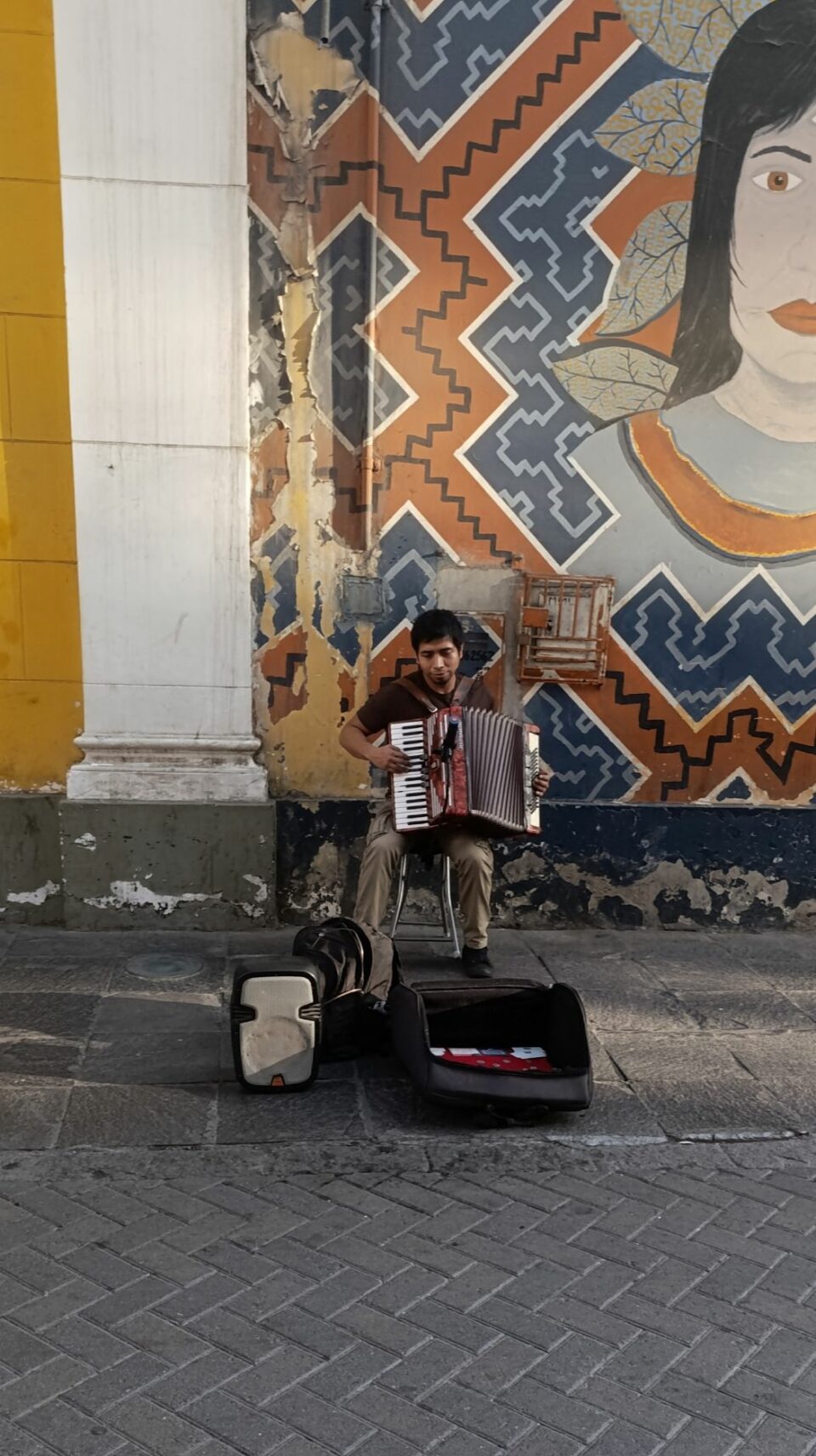
We kept walking to another church when I saw a woman, alone with her dog, rattling a cup. Her face reminded me of dried apricot, more wrinkles than skin, her cheeks sunken from no teeth, her eyes out of tears. Something told me to give her money, probably a disgruntled angel that was locked out of a church, and needed something to do. The woman prayed for me, making a cross over her heart with her crumpled fingers.
Something tells me that her prayer was a good one, or at least one that I’ll remember more than the facades of any of the churches.
But Holy Saturday was yesterday. Today, churches and cathedrals are open. It’s Easter and God is back in business. As for Jesus?
I think he’s caught in traffic.
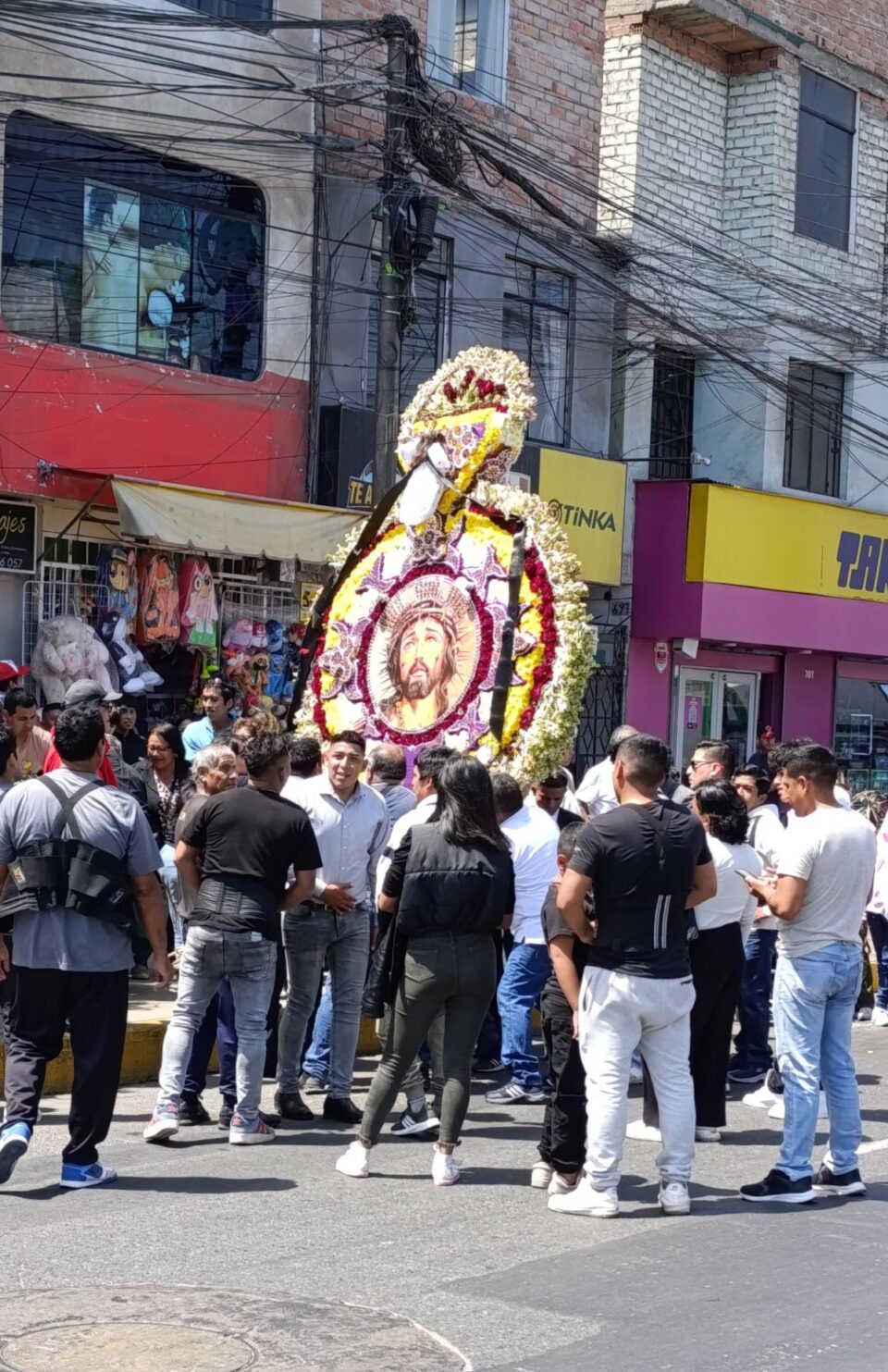
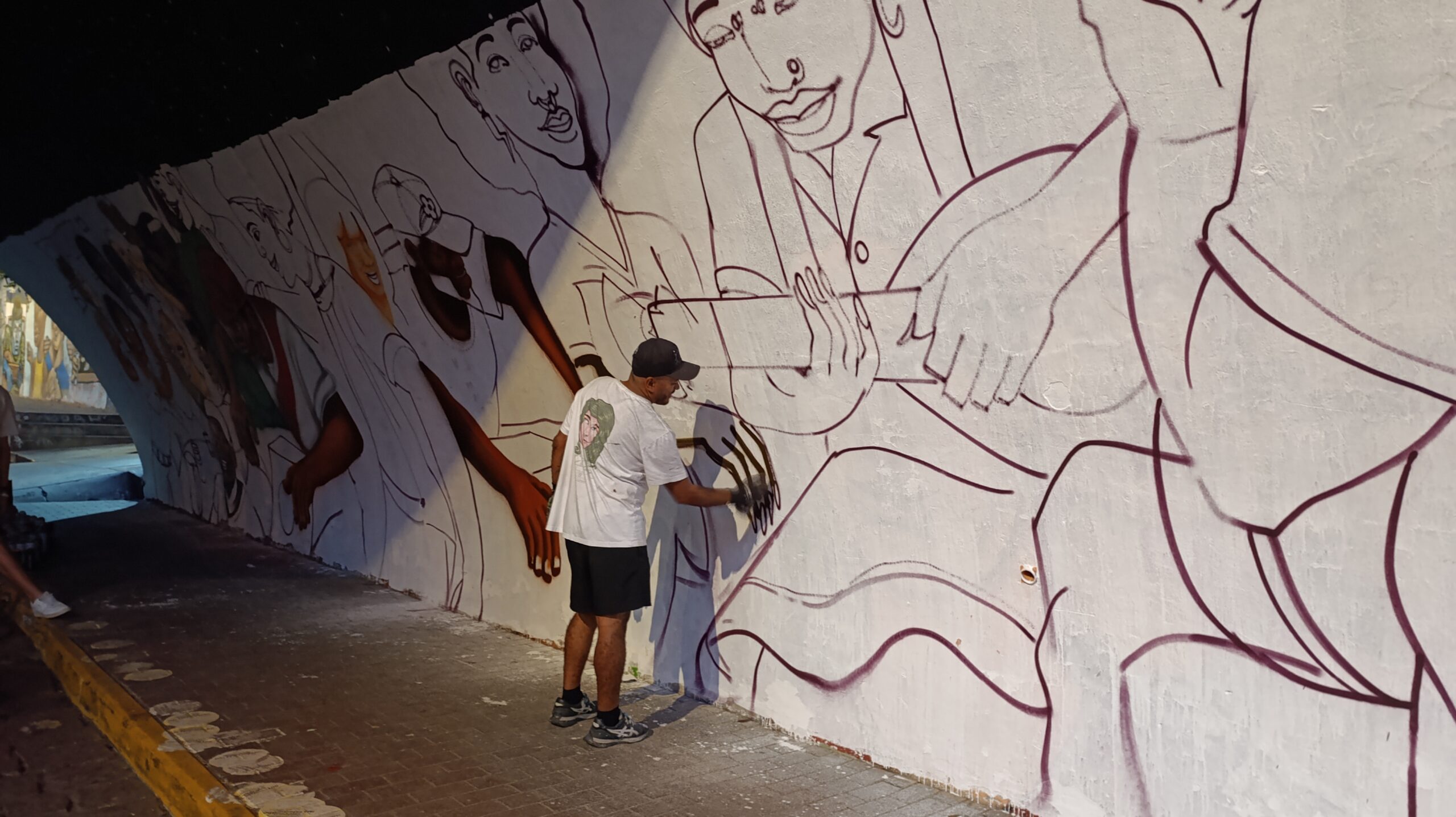

Dear Ginger,
As usual you surprise me with some things I didn’t paid attention to! Your beautiful sense of humor made me laugh several times, and made me try to remember all the points we stopped for the pictures. LOL!! I know you don’t like them ver much…
Thanks for writing about Peru because your view it’s very interesting!!!
Keep it up girl, and thanks for your nice writing blog👍😃